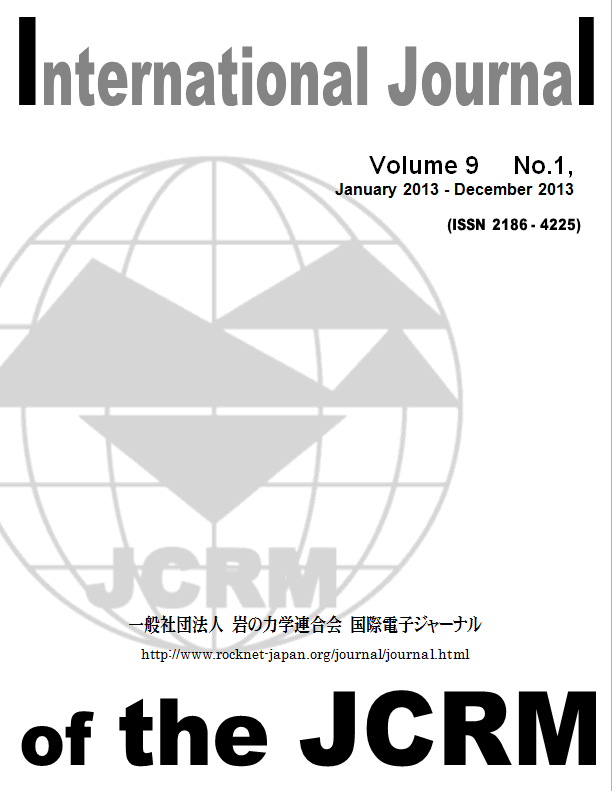This paper presents the outline of observational construction scheme employed for underground cavern construction, and of the Information and Communications Technology (ICT) as a technological tool to facilitate the observational construction. The Hokkaido Electric Power Co., Inc. has been conducting a Hydropower Project in Kyogoku, on the Pepenai and Bihinai tributaries of the Shiribetsu River in Hokkaido, Japan. The Kyogoku Hydropower Plant is the first pumped-storage hydroelectric power plant that was built by the Power Co. It will output a maximum power of 600 MW, with an effective head of 369 m and a maximum water usage rate of 190.5 m
3/s. The power plant is housed in a large underground cavern of which the dimension is 45.8 m high, 24.0 m wide, and 141.0 m deep. Its total excavated volume is 116,000 m
3 and the maximum cross-sectional area amounts to 1000 m
2. The geology in the vicinity of cavern belongs to a so-called “Green Tuff” region of the Miocene period, primarily composed of tuff breccia. The geology presents considerable challenges, including a distribution of tuff blocks and two major fault zones with a low uniaxial compressive strength, presumably due to faulting and hydrothermal alteration. Therefore, observational construction method was applied to the project in conjunction with other ICT-solutions, and the actual rock response during excavation was examined in order to ensure the optimum structural support for the cavern and construction safety.
View full abstract
